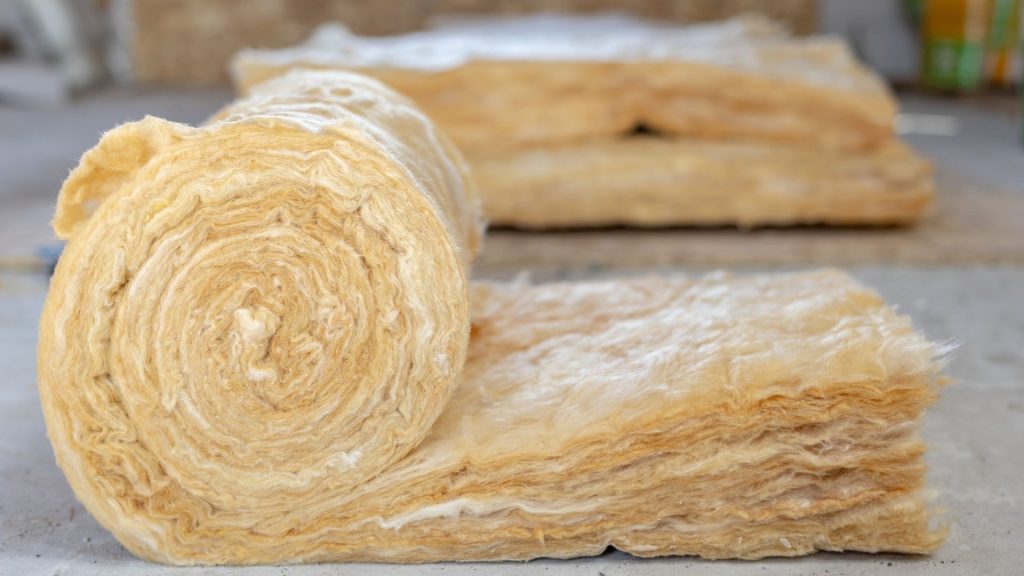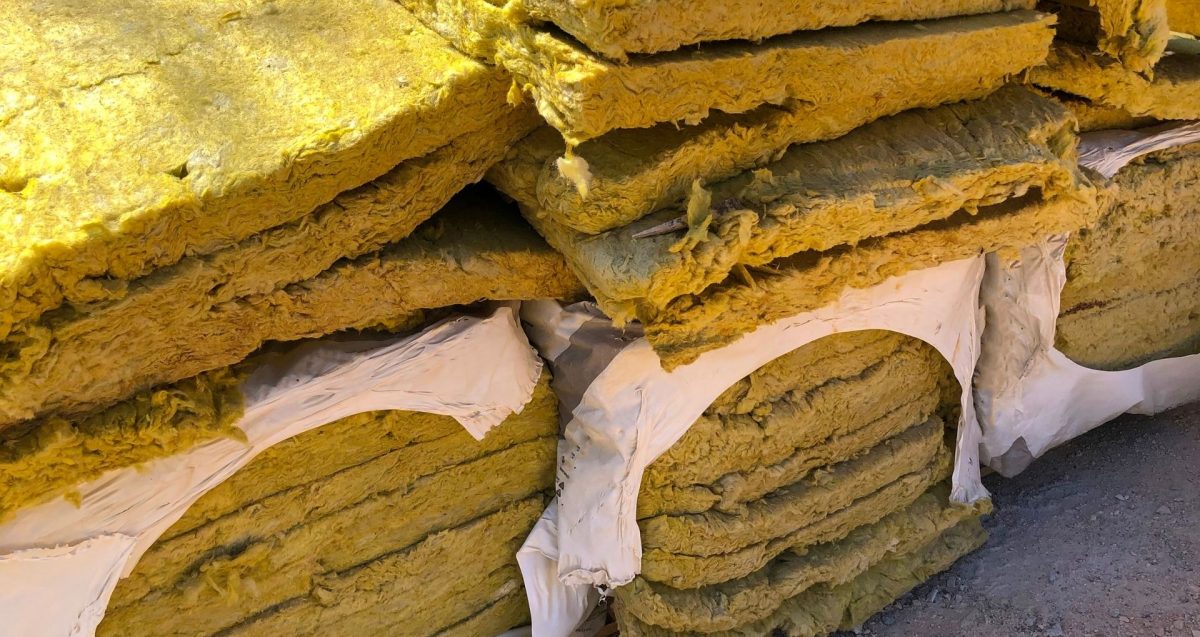Rock wool insulation does not necessarily require a vapor barrier, but the need for one depends on the specific circumstances and building codes in your region. Here are some factors to consider:
Moisture Management: Rock wool insulation is naturally moisture-resistant and does not absorb water. However, in certain situations where moisture control is crucial, such as in high-humidity environments or in buildings with potential moisture issues, a vapor barrier may be recommended. A vapor barrier helps prevent the movement of moisture from warm, humid areas to cooler areas, reducing the risk of condensation and potential moisture-related problems.
Building Codes and Recommendations: Building codes and local regulations often provide guidelines on whether a vapor barrier is required or recommended based on climate conditions, insulation type, and other factors. It is important to consult with local authorities or building professionals to determine the specific requirements in your area.
Building Assembly: The overall construction assembly of the building, including the presence of other moisture control measures such as air barriers and proper ventilation systems, can influence the need for a vapor barrier. These factors should be taken into account when considering whether a vapor barrier is necessary.
Consultation with Professionals: It is always recommended to consult with insulation professionals, architects, or building envelope specialists who have expertise in your specific region and project. They can provide tailored advice based on local building practices and conditions.
In summary, while rock wool insulation itself is moisture-resistant, the need for a vapor barrier depends on factors such as climate, building codes, and construction assembly. Consulting with professionals will help determine whether a vapor barrier is necessary to maintain proper moisture control in your specific application.
Table of Contents
ToggleDo you need vapor barrier over mineral wool?
The need for a vapor barrier over mineral wool insulation depends on several factors, including climate conditions, building design, and local building codes. Here are some considerations:
Climate and Moisture Control: In climates with high humidity levels or significant moisture concerns, a vapor barrier may be recommended to prevent the movement of moisture through the insulation and into the building assembly. This helps minimize the risk of condensation and potential moisture-related issues.
Building Codes and Regulations: Local building codes and regulations often provide guidelines on the use of vapor barriers in specific climate zones. It’s essential to consult with local authorities or building professionals to understand the requirements and recommendations for your area.
Building Assembly and Other Moisture Control Measures: The overall construction assembly of the building, including the presence of other moisture control measures such as air barriers and proper ventilation systems, can influence the need for a vapor barrier. These factors should be evaluated holistically to determine if a vapor barrier is necessary.
Building Envelope Design: The design of the building envelope, including insulation placement and any potential air gaps or thermal bridges, should be considered when assessing the need for a vapor barrier. A comprehensive evaluation of the building’s envelope can help identify areas where moisture may penetrate or accumulate.
To make an informed decision about whether a vapor barrier is required over mineral wool insulation, it is advisable to consult with insulation professionals, architects, or building envelope specialists. They can provide specific guidance based on your location, climate, and building design to ensure proper moisture management and building performance.

Is mineral wool insulation vapour permeable?
Mineral wool insulation, including rock wool and glass wool, is typically considered vapor permeable to some degree. It allows the movement of water vapor through its structure. However, the level of vapor permeability can vary depending on the specific product and its density.
Mineral wool insulation has an open-cell structure that allows moisture vapor to pass through, helping to manage moisture and prevent condensation within the building assembly. This permeability allows for the drying of any potential moisture that may accumulate within the insulation or building components.
While mineral wool insulation is vapor permeable, it is not considered a vapor barrier. A vapor barrier is a material with very low vapor permeability, designed to restrict the movement of moisture vapor. In some cases, an additional vapor barrier may be required in the building assembly, depending on climate conditions, building codes, and other factors.
To ensure proper moisture management in your specific application, it is recommended to consult with insulation professionals, architects, or building envelope specialists. They can provide tailored advice based on local building practices, climate conditions, and specific project requirements.
What are the disadvantages of rockwool?
While rockwool insulation offers numerous benefits, there are also some potential disadvantages to consider:
Skin and Respiratory Irritation: The fine fibers of rockwool insulation can cause skin and respiratory irritation if not handled with proper precautions. It is important to use appropriate personal protective equipment (PPE), such as gloves, long sleeves, and a mask, when installing or handling rockwool insulation to minimize the risk of irritation.
Weight and Handling Challenges: Rockwool insulation is denser and heavier compared to some other insulation materials, such as fiberglass. This can make it more challenging to handle, transport, and install, requiring more effort and potentially additional structural support.
Airborne Fiber Release: During installation or if the insulation is disturbed, rockwool fibers can become airborne. While modern rockwool insulation products have improved in terms of fiber release, it is still important to take precautions to minimize exposure and maintain good indoor air quality.
Limited Sound Absorption in Low Frequencies: While rockwool insulation is effective at absorbing sound waves, it may have limitations in reducing low-frequency sounds. Additional soundproofing measures may be necessary for optimal noise reduction in certain applications.
Environmental Considerations: The production of rockwool insulation requires significant energy inputs and can have environmental impacts. Additionally, recycling options for rockwool insulation may be limited, which can contribute to waste management challenges.
Cost: Rockwool insulation is generally more expensive than some other insulation materials, such as fiberglass. The higher cost can impact the overall project budget, although the long-term energy savings and benefits of rockwool insulation should be considered when evaluating its cost-effectiveness.
It’s important to note that many of these disadvantages can be mitigated or managed through proper installation practices, adherence to safety guidelines, and consultation with professionals experienced in handling and installing rockwool insulation.



